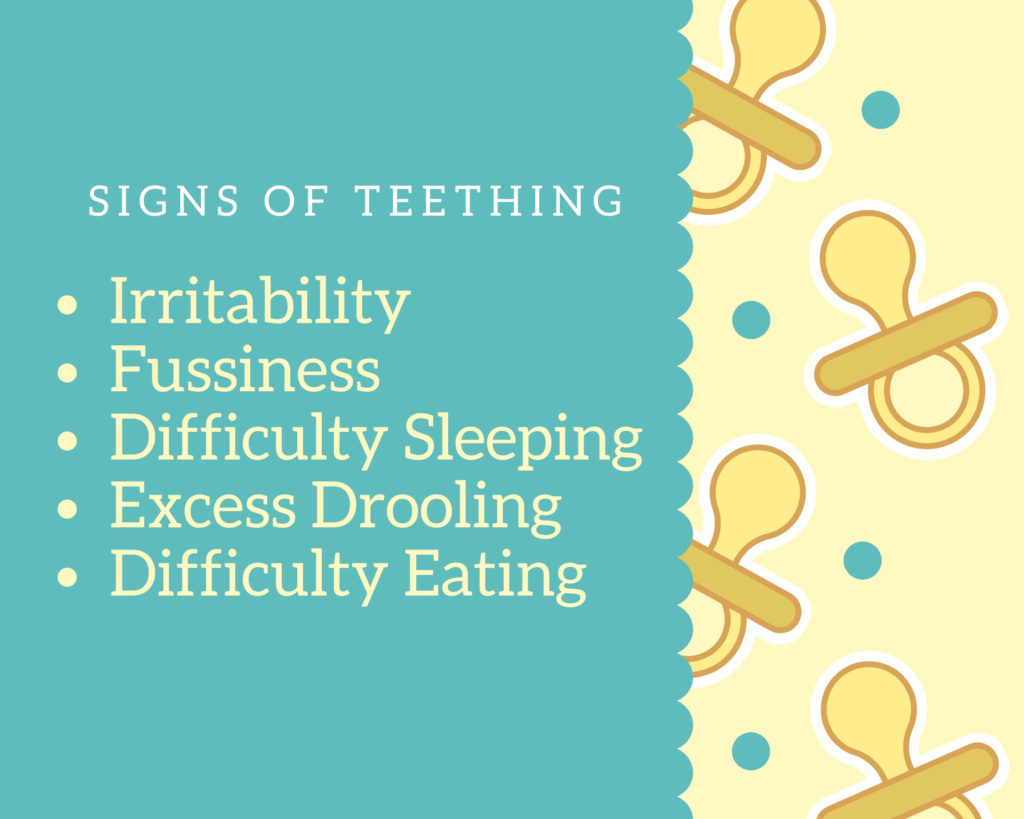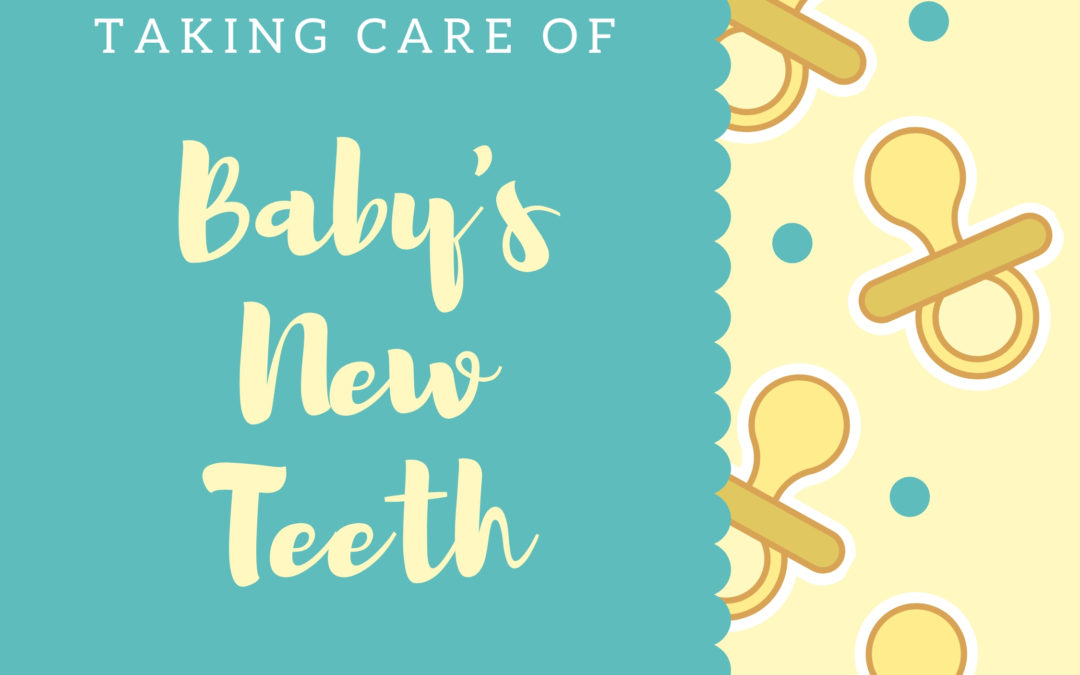Is your baby teething? | Signs and symptoms baby is getting teeth | How to manage teething symptoms in your new baby
During your baby’s first year of life you will watch and help him or her go through many changes — developing muscle control, learning to walk and talk, adjusting to solid foods — just to name a few. Most of these changes are exciting and fun to watch and experience. Teething, however, can be a different story. Not all babies experience the same levels of discomfort as their teeth come in. But it’s never easy to see your little one in pain or uncomfortable.
When Does Teething Start?
There’s no guarantee on when exactly your newborn will begin teething or begin to experience the discomfort that sometimes comes with teething. For most babies, teeth will come in between 6 and 12 months.
Usually, the first little teeth to appear in your baby’s mouth will be the lower front teeth, followed by the top front teeth. Most children have all their baby teeth by the time they’re three years old.
The symptoms of teething are as follows:
- Irritability
- Fussiness
- Difficulty Sleeping
- Excess Drooling
- Difficulty Eating
- Diarrhea
- Low grade fever*
- A diaper rash, or rash on the chin, usually caused by the excess drooling
*Studies have found that any temperature over 100 degrees Fahrenheit is not teething-related and is most likely caused by another illness.
Before your baby starts showing signs of teething, you can help to develop a healthy teeth-cleaning regimen by simply using a clean cloth to gently wipe away any leftover milk from your baby’s gums after feedings. The pressure on the gums can also help to reduce future teething discomfort and can later make tooth brushing a little easier.

How Can You Soothe A Teething Baby?
There are many ways to offer relief from the symptoms of teething. One of those ways is to massage your baby’s gums. With a clean finger or a small, chilled spoon, gently rub the areas of your newborn’s gums where the teeth are trying to come through.
Buy a mesh feeder to give your baby chilled fruits. Babies who have adjusted to solid foods or are around six months old can have chilled, mashed fruits like apples, bananas, strawberries, and pears in a mesh feeder that will help with teething pain. A mesh feeder greatly decreases the risk of choking while still allowing baby to take in cold foods that will help to ease teething pain.
Give your baby teething toys. Most stores with a baby section will have lots of options for teething rings and other toys that you can chill and let your little one chew on. Be sure to avoid using toys that are liquid or gel-filled. These can pop or leak and be dangerous if baby ingests the fluids. Also, remember to wash baby’s teething toys often.
Clean up the extra drool. Your little one is going to drool a lot while his or her teeth are coming in. Try to keep baby’s face clean by wiping away the excess drool to prevent irritation or rash, but not so often that more irritation is created.
Give your baby lots of extra love. Cuddling and rocking your baby might relax or distract him or her — and you — while he or she is in pain.
With your pediatrician’s blessing, you can give your baby small doses of pain reliever like acetaminophen when other soothing methods aren’t working so well. Children over 6 months old can also have ibuprofen. Check with your pediatrician first to make sure you give your newborn an appropriate dose based on age and weight.
Stay away from teething tablets that contain belladonna and benzocaine, which are marketed as pain-relieving. They can be potentially harmful to your baby. Remember: just because packaging lists words such as “natural,” or, “safe,” does not necessarily mean that ingredients found in the substance are free from risk.
How to Care for Baby Teeth
As soon as baby’s first tooth pops through, schedule his or her first dental appointment. According to the American Dental Association, it’s important that your baby starts seeing a dentist regularly and early to adjust to the visits. This also allows the dentist to keep an eye on tooth development. You can take your little one to a pediatric dentist or a regular dentist who is comfortable seeing young children.
Most doctors and dentists strongly urge against putting a baby in his or her bed with anything other than water. Milk or juice, if left on the teeth over night, can rot a baby’s teeth.
Brushing a baby’s teeth is also important . Using a baby-size toothbrush, gently brush your baby’s teeth twice a day. When your child reaches age three, the ADA recommends using a pea-size amount of toothpaste on a child-size brush. Keep an eye on your little one while they brush until they’re about seven years old to make sure they’re learning to brush thoroughly and correctly. A good rule of thumb is that if a child can cut his or her own meat with a knife, he or she has then developed the manual dexterity needed to brush his or her teeth without help.
Good oral hygiene even for baby teeth that will eventually come out is extremely important. Baby teeth that are lost too early can make it difficult for adult teeth to come in, which could lead to other dental problems down the road. Keep an eye on your little one’s growing teeth and keep in contact with your pediatrician or dentist for any concerns.
Jeri Hoag Photography now empowering and instilling confidence through intimate boudoir photography for the everyday modern woman in St. George, UT/ Hurricane, UT/Washington, UT/Leeds, UT/Ivins, UT/Santa Clara, UT/Dammeron Valley, UT/Veyo, UT/Shivwits, UT/Littlefield, AZ /Las Vegas, NV/Mesquite, NV.

